Australia is one of the most developed, urbanized nations in the world.
Sydney, Melbourne, Perth, and many other cities in the country are home to a world-class education, dining, shopping, and entertainment. Not to mention, the quality of life here is unsurpassed.
However, if you want to get to know the “real Australia”, the best way to do so is by taking a trip to the outback. The wide land that seems to go on forever, the spectacular landscapes, the rugged environment, and the remoteness that makes up the interior of Australia is where you can connect with the essence of the country.
It’s not a specific location… that’s because the term “outback” is used to describe vast spaces of isolated land found in the country’s interior. It is home to wildlife, has a low population density, and it’s far away from civilization but rich in heritage and culture.
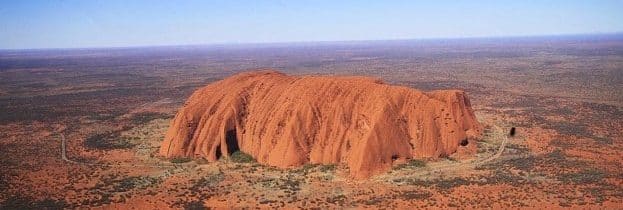
There are many ways to explore the outback: by motorcycle, train, airplane, and even hitchhiking. However, taking a car is the most popular and convenient option since it affords you the flexibility to do what you want, when you want. If you go by car, getting car insurance should be a priority. It will give you peace of mind knowing that no matter how your outback adventure goes, you’re covered for any emergencies.
Without further ado, here are 8 tips to make the most of your first outback adventure:
Don’t leave home without fly nets
It may not be the most fashionable way to explore the outback, but it’s a necessity. Fly nets will save your sanity, especially when you are faced with the thousands of flies that comes with the terrain. You can remove them for photos, but otherwise, keep them on.
Be prepared for the distance

Don’t underestimate the distances between gas stations and the attractions in the outback. Always have water and food with you in your vehicle, and avoid traveling at night – it’s just safer for you as well as the wildlife here. Although the roads are generally very good, it takes a fairly long time to get from one place to another.
Plan accordingly, and keep in mind that you will also want to make sure you get enough rest in between attractions to avoid fatigue.
Slip, slop, slap

This is the Australian term for slathering on sunscreen, a phrase that has been ingrained into the youngest of Aussie kids. Australia’s thinning ozone layer translates to intense heat and much more ultraviolet radiation.
Even if you’re used to tropical weather, nothing can prepare you for the heat of the outback. So pack sunscreen – and lots of it!
Pack clothes for all kinds of weather
One of the biggest mistakes people make on their first outback adventure is only packing for hot weather. Yes, it will be hot; but keep in mind that night-time temperatures can drop to freezing. So don’t forget to bring thermals, beanies, boots, and warm trousers.
Another thing to keep in mind is to leave your white clothes at home; the red dust in the outback will only turn them into an orange colour that can be challenging to remove in the wash.
Visit the Aboriginal communities

The indigenous Aboriginal communities play a significant role in Australia’s culture. There are numerous townships for you to explore, many are open to visitors but these trips require prior arrangements.
The best way to ensure you are permitted to visit them is by joining a tour group that supports the Aboriginal communities.
Practice caution when swimming

Many visitors to the outback can safely swim in waterholes especially when the sun gets too hot. However, be cautious because there may be times when you won’t be the only one swimming.
Crocodiles are extremely common especially in the northern parts of Australia, and this can pose a serious danger.
Emergency calls
Don’t expect mobile phone reception in the outback. There may be some signal when you reach small towns, but there will be absolutely none when you’re in the remote areas. In order to communicate or make emergency calls, your choices include UHF CB (Citizens Band) Radio, satellite telephones, High Frequency (HF) radios, and distress beacons.
There’s no need to purchase all of them since they can also be rented before you start your trip.
Have a flexible schedule
Give yourself an allowance of a few extra days, give or take, because you never know when something could happen in the outback. If heavy rains happen just 200 kilometres from you, this can result in road closures and flash floods.
Should this happen, just explore the area you are stuck in, and relax. Given the intensity of the Australian sun, it doesn’t take very long for floods to dry out.
Keep these tips in mind for an unforgettable holiday exploring the real Australia!








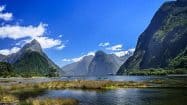

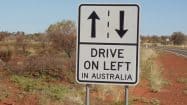

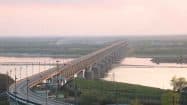

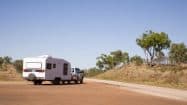








![Big Spender To Backpackers [infographic]](https://www.holidaypoint.com.au/wp-content/uploads/2014/03/GIO_BigSpendertoBackpacker_v3-e1394504863732-187x105.jpg)


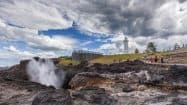
![For The Love Of Bbq [infographic]](https://www.holidaypoint.com.au/wp-content/uploads/2014/01/GIO_AussieBBQ_v2-e1390559463404-187x105.jpg)
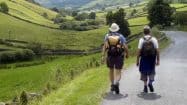

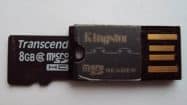

![Cities Of The Future [infographic]](https://www.holidaypoint.com.au/wp-content/uploads/2013/11/geek-travel2-e1384167225628-187x105.jpg)
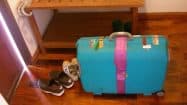

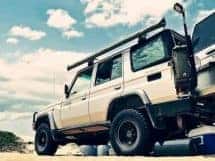








Do You Have a Question to Ask?